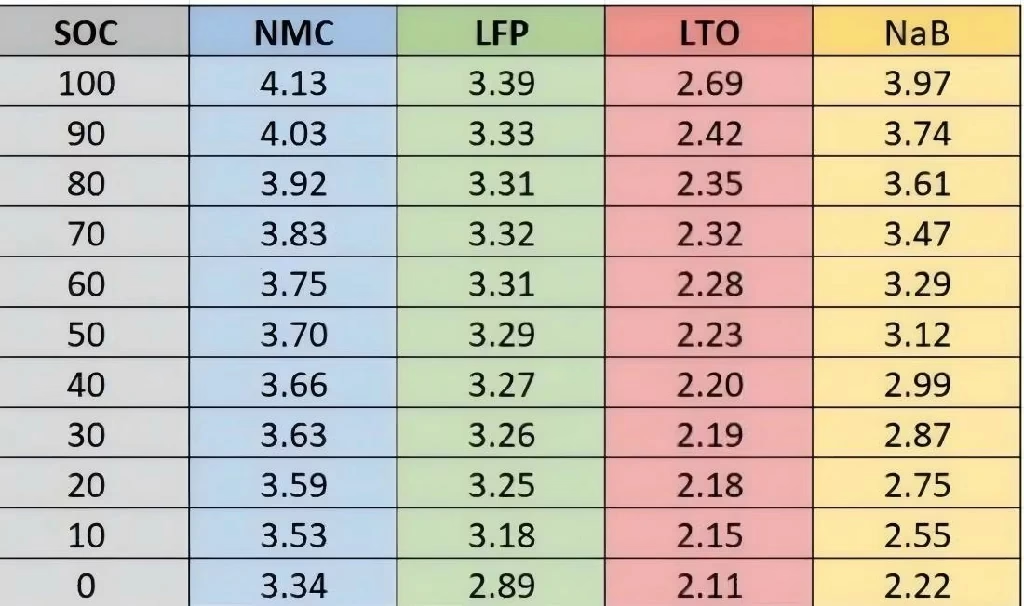SOC stands for “State of Charge.” In the context of energy storage, this term applies to various battery types—such as lithium iron phosphate, ternary lithium, lithium titanate, and sodium batteries, as well as lead-acid batteries—where it indicates the percentage of remaining charge in a battery.
Essentially, SOC represents the current state of a battery’s charge level, providing users with clear information about how much energy remains. For example, a battery may have 100%, 50%, or even 0% of its charge left.

Why lithium battery SOC is important
Battery Cycle Life:
Accurate SOC readings enable more efficient charge and discharge management, which in turn enhances overall performance and extends the battery’s charging interval. Moreover, as the number of cycles increases, the BMS software can dynamically adjust SOC calculations to further prolong battery life.
Charging Source Quality:
The SOC display clearly indicates the quality of the charging power supply, thereby helping users determine whether the charger is overcharging the battery.
Battery Type Identification:
By analyzing the SOC during the charging process and setting the corresponding reference voltage, users can identify the chemical composition of the battery. This is possible because each battery type exhibits distinct voltage characteristics and corresponding SOC behavior.

